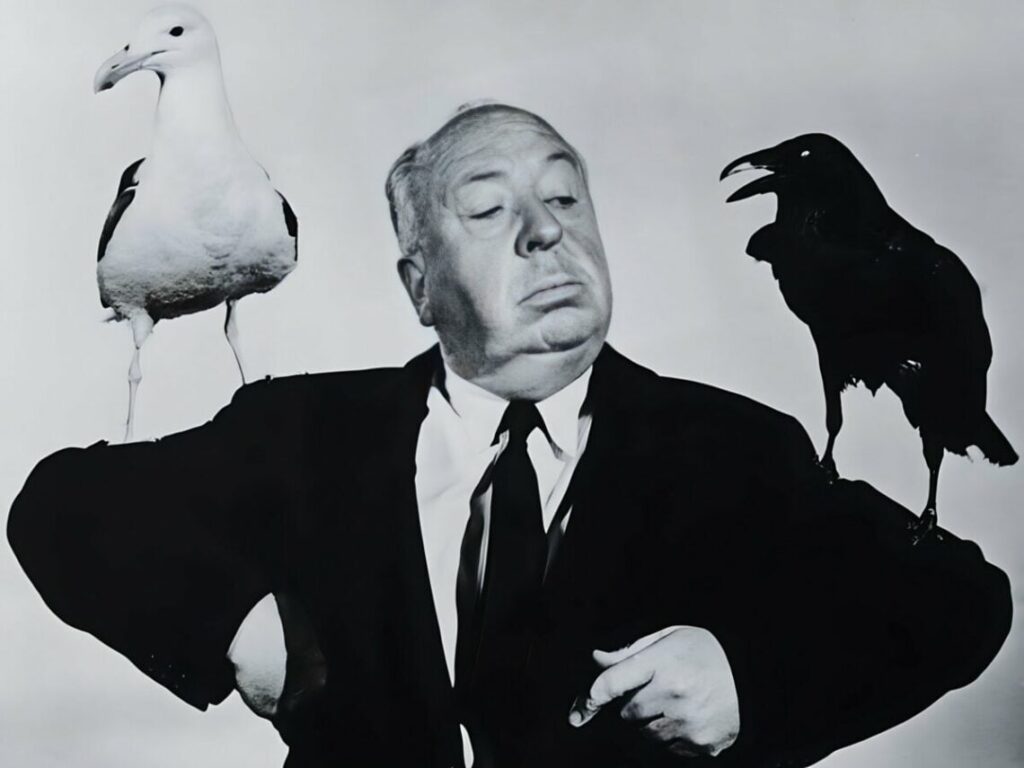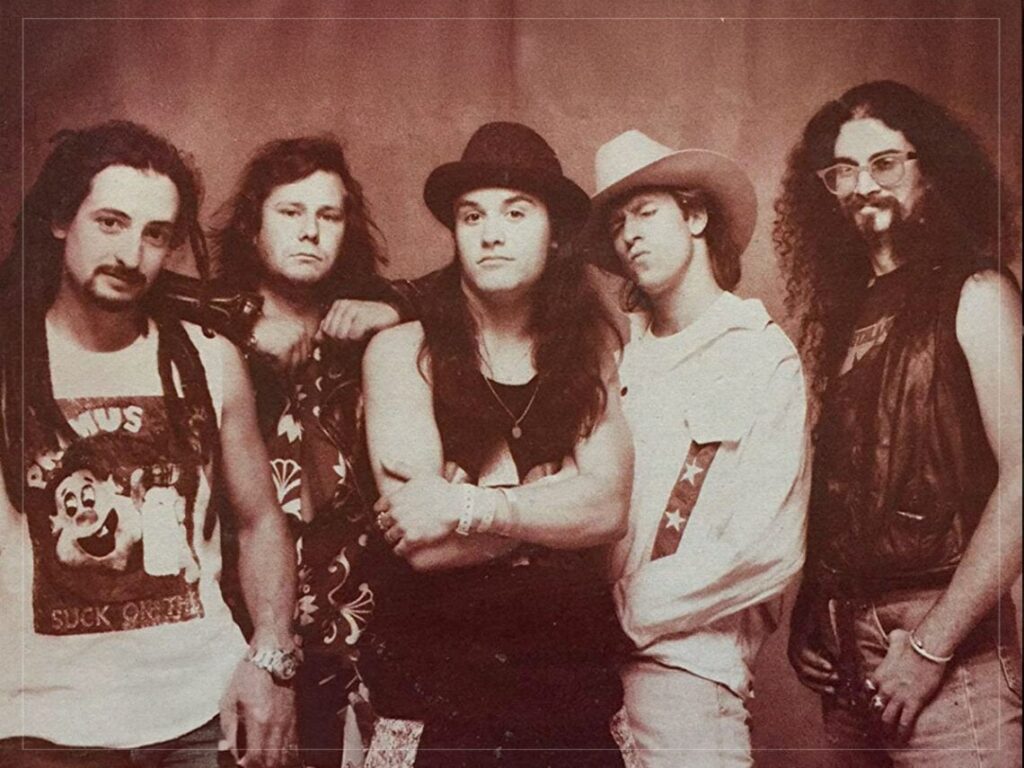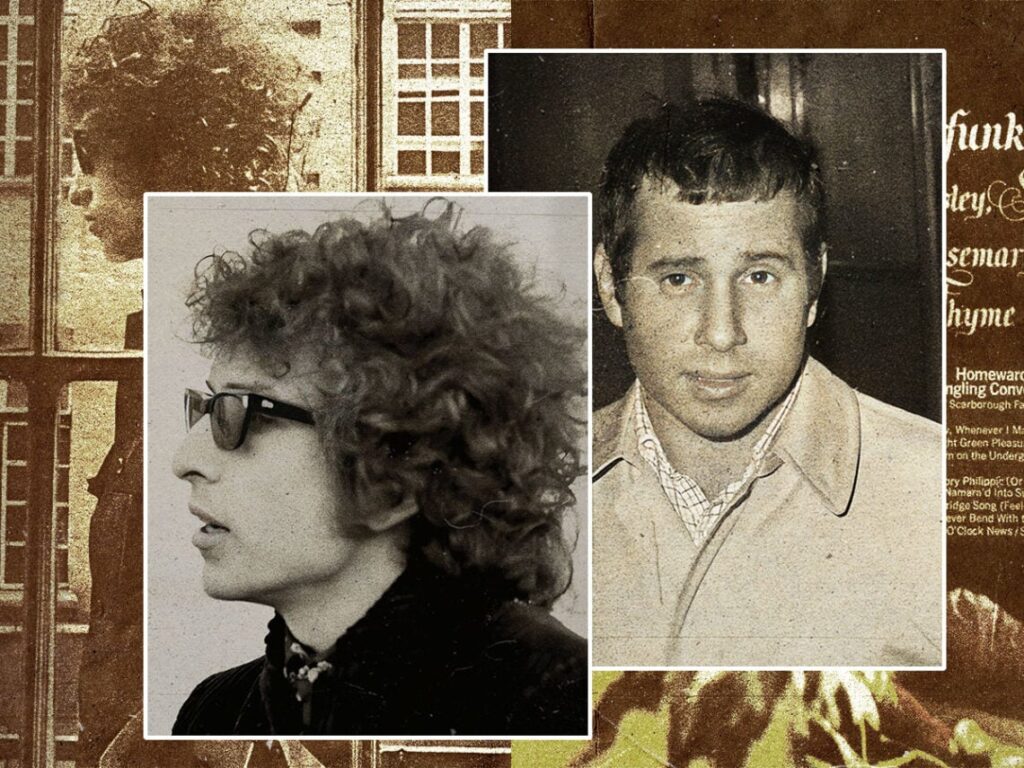The Master’s Methods: Alfred Hitchcock explained the secrets of cinematic suspense
 Posted On
Posted On
(Credit: Universal Pictures)
Alfred Hitchcock is often referred to as the ‘Master of Suspense’ and has a bounty of films to support this title. Though his most famous effort, Psycho, is broadly considered a slasher movie, the majority of Hitchcock’s works would be more accurately termed thrillers. Nevertheless, Hitchcock was able to imbue these with an excruciating level of suspense that rivals any horror maestro, meaning that the thrills in question were always perfectly teased.
The late Hitchcock spoke at great length on filmmaking and his impressive legacy. During an interview with Rolling Stone in 1976, he expounded on the role of suspense specifically. Hitchcock suggests that by correctly creating suspense, he could conjure a comparable, or even more effective, tone than straight horror itself. Indeed, Hitchcock noted that his movies were “films of danger” rather than horror in the perfunctory sense, but the genre was never far from his mind.
In fact, his movies are almost an inverse. The director explained that “the suspense element can be just as upsetting as the most horrific film.” There is no doubt that the likes of The Wrong Man and Sabotage prove that.
On creating this suspense, Hitchcock counters the notion that audiences should be left uninformed. Instead, he suggests: “You arrive at suspense by letting the audience in. By not concealing things.” This reflects the fundamental difference between Hitchcock’s thrillers and the horror genre. Rather than rely on shadowy unknowns to manipulate the audience’s emotions, Hitchcock instead provides as much information as possible. He likens this to a “crossword puzzle”, allowing the viewer to construct an informed perspective, which can then invoke suspense.
Hitchcock clarifies, “In order to have suspense, you’ve got to give an audience all the information you can.” This approach is observable throughout Hitchcock’s filmography, most notably in Psycho. In Psycho, viewers are provided with so much privileged information that the narrative appears fully explained. However, two different instances undermine this presumption – and to great effect.
Firstly, a narrative concerning Janet Leigh’s Marion Crane stealing money from her employer is presented as the primary plot. This quickly changes with Psycho‘s shocking and infamous shower scene in which she’s unexpectedly killed. Subsequently, a second narrative concerning Marion’s sister investigating her disappearance is maintained. This was bolstered by an interiority with Norman Bates and his overbearing mother. Consequently, the audience believes they have superior information than the protagonists, leading to an even more surprising twist during the movie’s conclusion.
The Birds provides another fertile example of this trend, particularly during the playground scene. As Teppi Hedren’s Melanie Daniels is smoking a cigarette, a flock of birds slowly gathers behind her. Though The Birds does employ an unsettling school choir in the soundtrack, the rest of the sequence does not rely on any horror techniques. Instead, the scene exploits the simplicity of the ever-growing flock and the knowledge of the danger it poses.
This is why Hitchcock preferred the term “mystifyings” to “mysteries”, basing his suspense in the intellectual rather than the emotional. Notable examples of this from Hitchcock’s work also appear in the 1954 classic Rear Window. Much of the tension in Rear Window is predicated on the fact that the viewer and the protagonist, Jeff, share a privileged insight into a murder.
This leads to audiences experiencing a heightened level of suspense throughout the narrative. Scenes become scary, not because of an emotive response, but because of this prior knowledge. This technique of supplying audiences with enough professorial information is what helped Alfred Hitchcock develop his reputation as the true ‘Master of Suspense’.
[embedded content]
Related Topics


